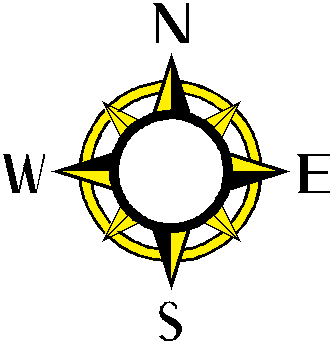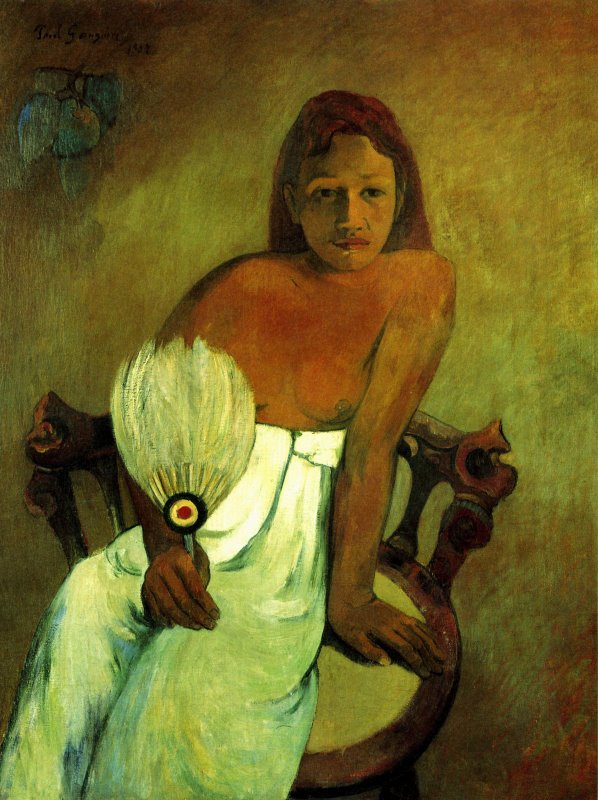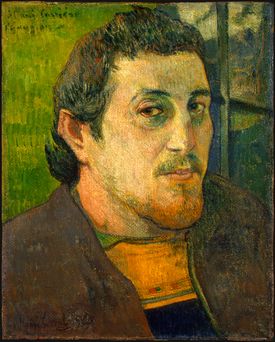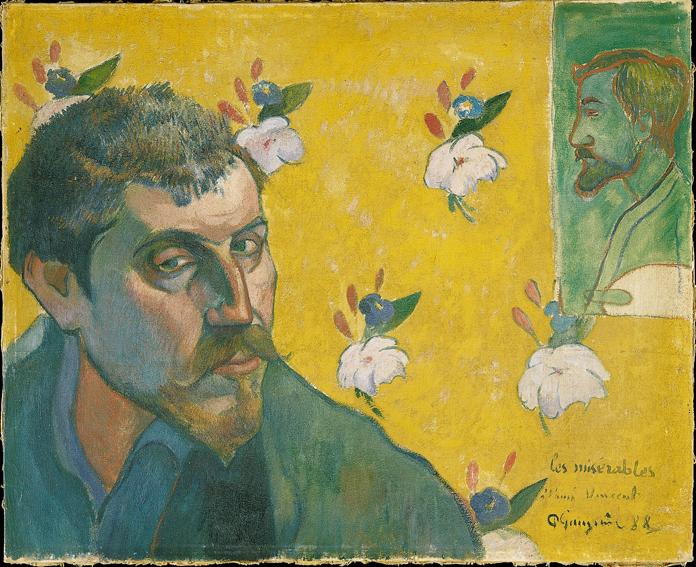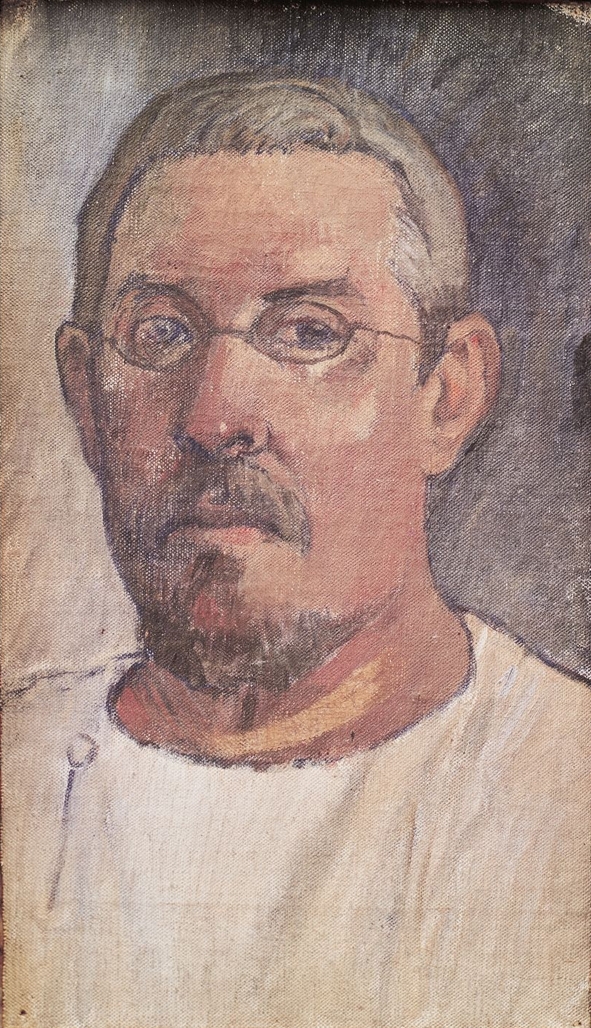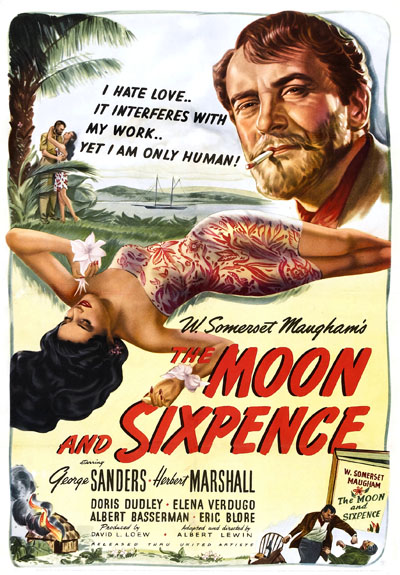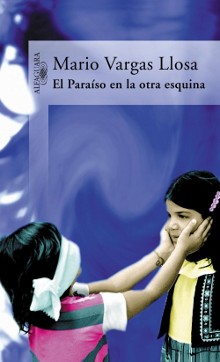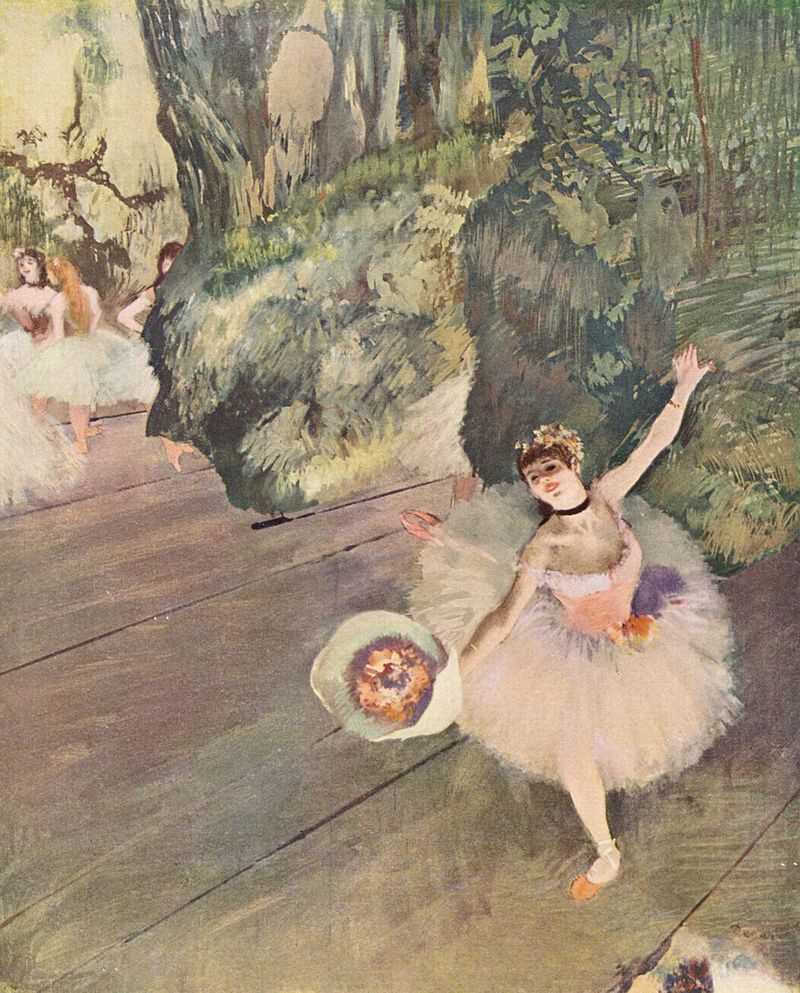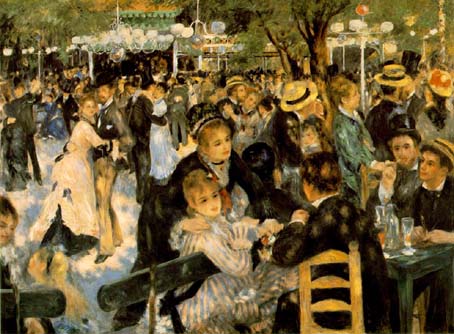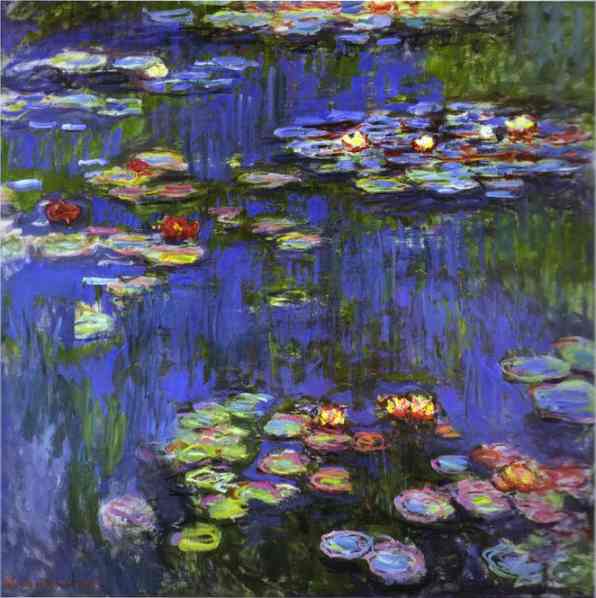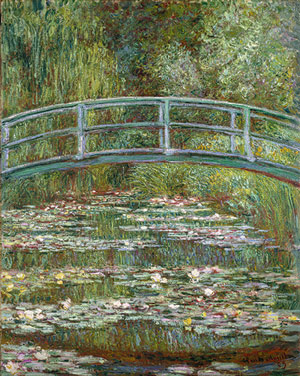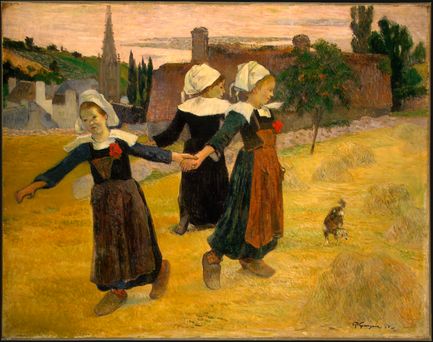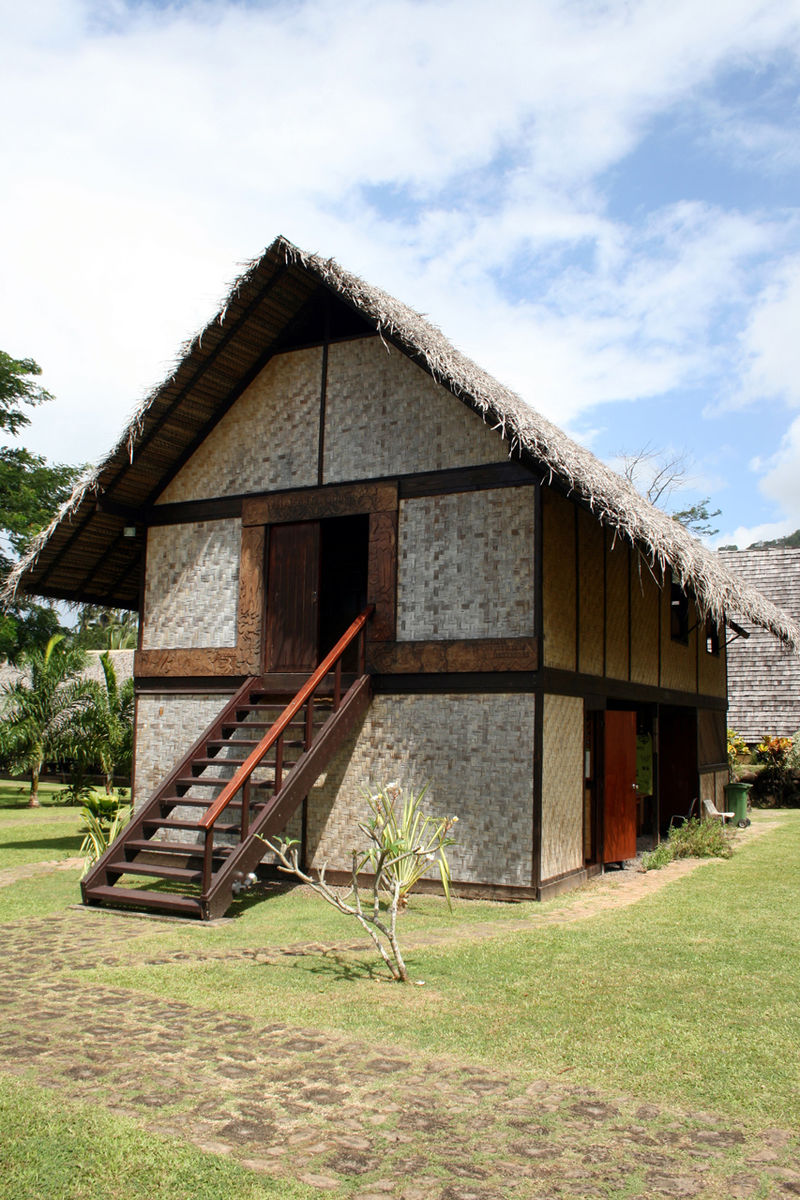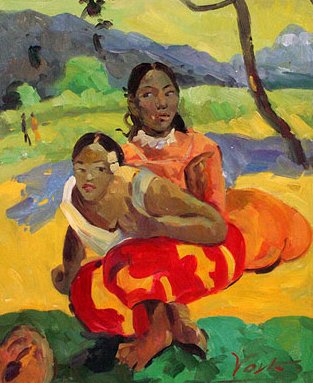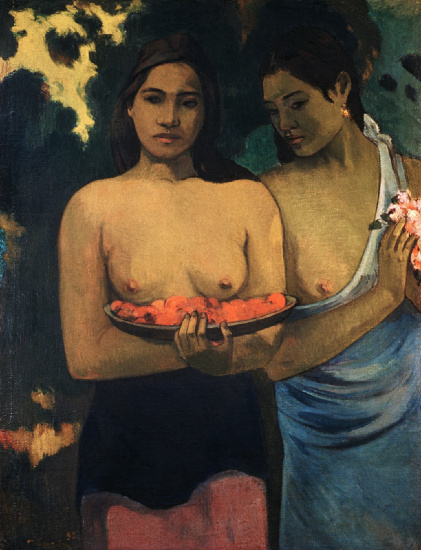|
|
|
|
Lucy, pp. 95-6: Going to the museum had become a passion with me. I did not grow up in a place where there was such a thing, but as soon as I discovered it, that was the only place I liked going out to visit. It was Mariah who had taken me there; she had wanted me to see some paintings by a man, a French man, who had gone halfway across the world to live and had painted pictures of the people he found living there. He had been a banker living a comfortable life with his wife and children, but that did not make him happy; eventually he left them and went to the opposite part of the world, where he was happier. I don't know if Mariah meant me to, but immediately I identified with the yearnings of this man; I understood finding the place you are born in an unbearable prison and wanted something completely different from what you are familiar with, knowing it refpresents a haven. I wondered about the details of his despair, for I felt it would comfort me to know. Of course his life could be found in the pages of a book; I had just begun to notice that the lives of men always are. He was shown to be a man rebelling against an established order he had found corrupt; and even though he was doomed to defeat—he died an early death—he had the perfume of the hero about him. I was not a man; I was a young woman from the fringes of the world, and when I left my home I had wrapped around my shoulders the mantle of a servant. |
The passage at left from Lucy does not mention Paul Gauguin (1848-1903), but the Plume paperback reproduces Gauguin's Girl with Fan for its cover.
|
Gauguin 1848-1903, post-Impressionist painter (cf. Van Gogh)
|
|
Self-Portrait 1888
|
|
developed style of primitivism:
As a childl Gauguin lived in Peru, his grandmother's home country 1891--traveled to West Indies, incl. Martinique and Panama Canal construction Lucy 124-5 father left by his mother; > grandmother father’s father & Panama Canal
|
|
Other fictions developed from life of Gauguin
|
|
|
![]()
Gauguin's style: Post-Impressionist
Impressionism (later 1800s)
|
|
|
|
|
|
![]()
Gauguin's early paintings in Europe
|
|
|
![]()
Gauguin's travels to Tahiti and Marquesas
|
|
|
|
Gauguin's paintings from the Marquesas Comment on anything (esp. gender as self-other) as we view paintings, but instructor will ask esp. about primitivism. primitivism:
Questions: 1. Is Primitivism an imperial or colonial attitude? If so, describe. Why the modern west's attraction to the primitive? Does it compensate for, or "give the lie to," modern first-world dominance, or is it just more romantic condescension? 2. Do Mariah's attitudes toward Lucy embody primitivist tastes? 3. Does primitivism displace the repressed sexuality of modern civilization on the traditional-society "other?" Does primitivism sexualize the other? Significance of repression of sexuality in Crusoe? Of its liberation in Lucy? 113 “We have such bad sex” 162 going far away to live in a place of uncommon natural beauty
|
|
Gauguin's paintings from French Polynesia
|
|
|
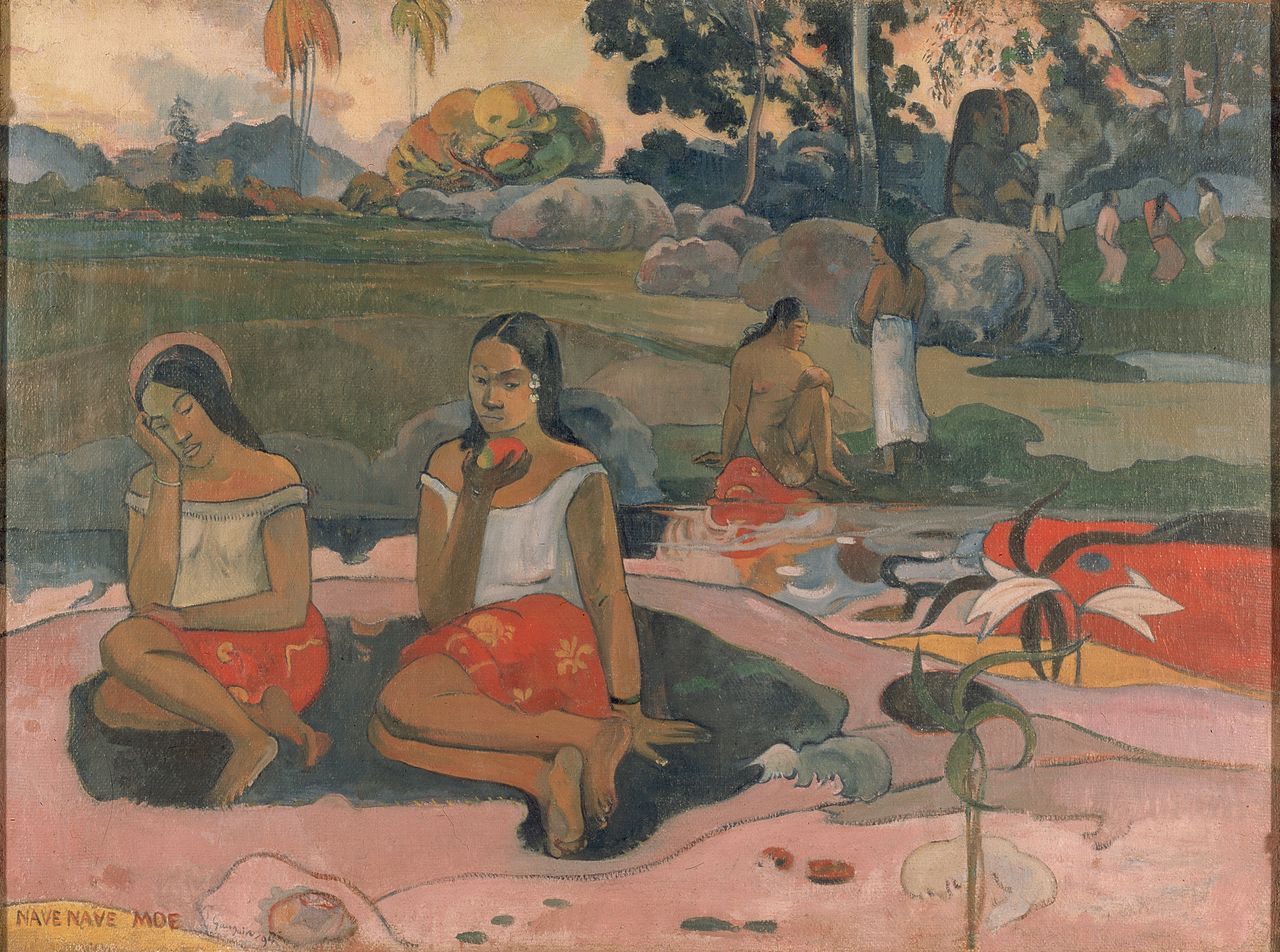
Nave Nave Moe (Sacred Spring, Sweet Dreams)
1894
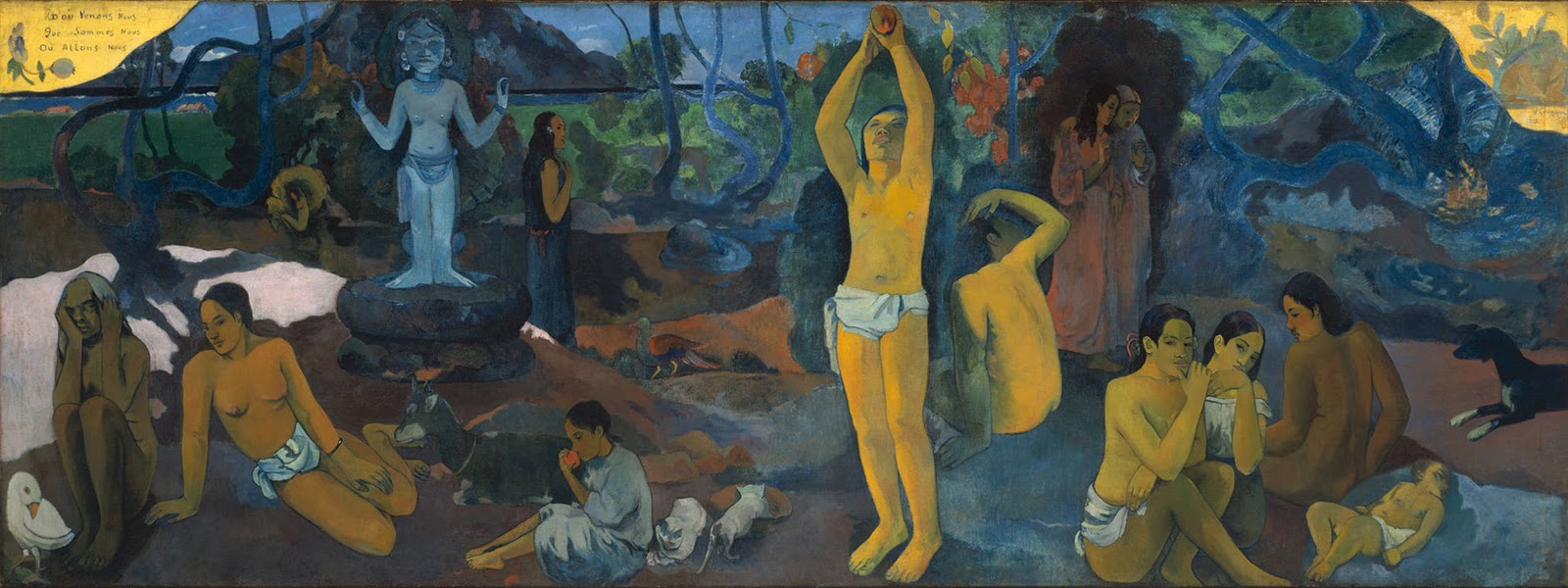
Where do We Come From? What are We? Where are we
Going? (1897)
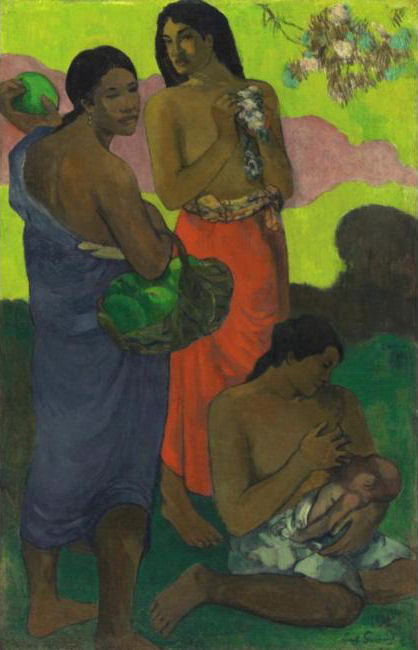
Maternite II (1903)


